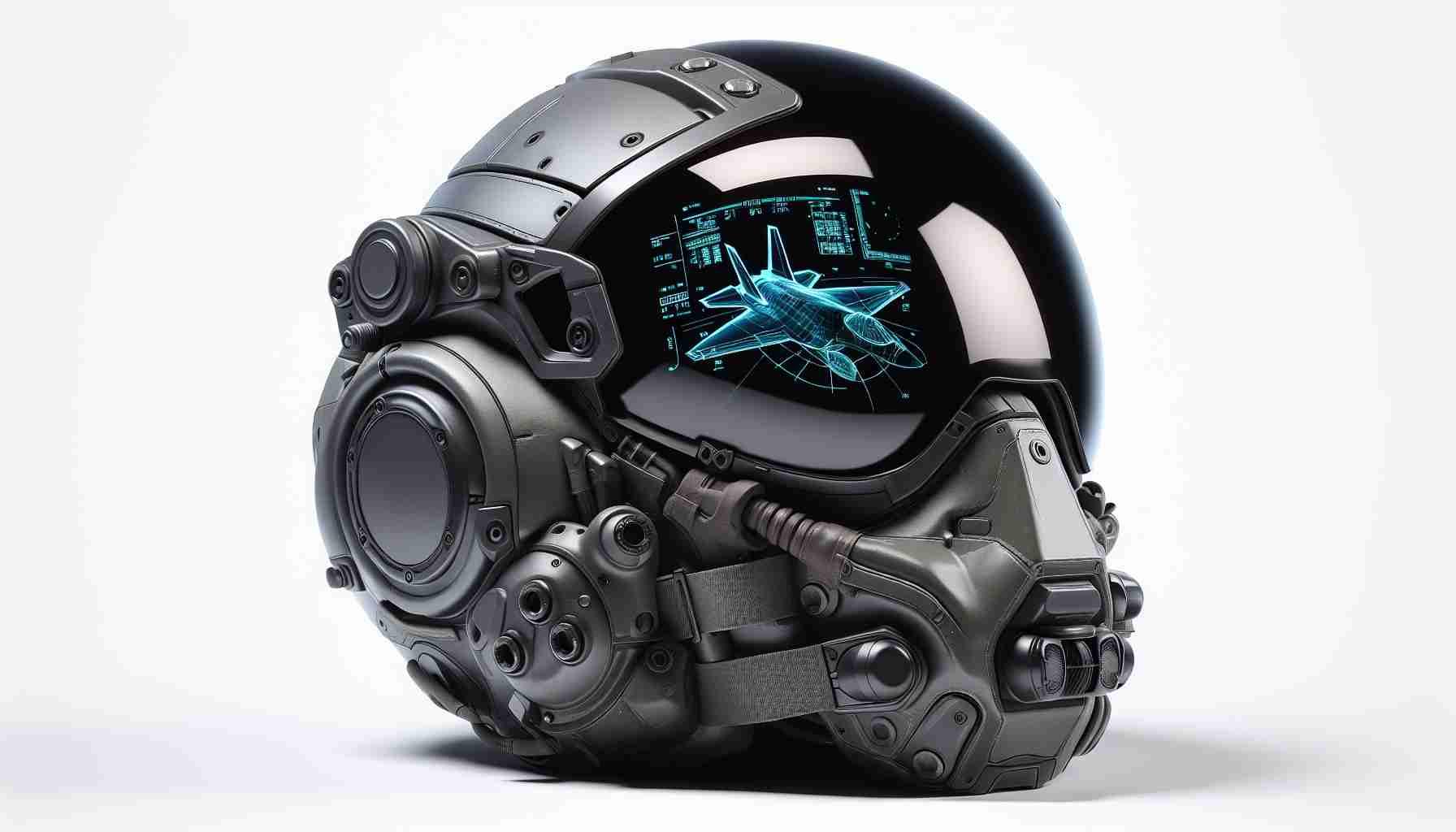The F35 Lightning II, a fifth-generation fighter jet, is renowned for its state-of-the-art technology and unparalleled performance. Much of its superiority, however, is credited to its groundbreaking helmet designed by Rockwell Collins – the F35 Helmet Mounted Display System. This isn’t just any helmet; it offers an integration of cutting-edge technologies that redefine the experience of aerial combat.
Advanced Augmented Reality
The F35 helmet provides pilots with a 360-degree virtual environment by employing augmented reality (AR). With real-time data displayed directly on the visor, pilots gain unprecedented battlefield awareness. The helmet incorporates data from various sensors on the aircraft, providing pilots with night vision capabilities, overlaying targeting information, and removing the traditional need for heads-down display panels.
A New Era for Pilot Safety
Besides its technological wonders, the helmet enhances pilot safety and efficiency. Its ability to project external views through the aircraft’s skin considerably reduces blind spots, offering a safer flying environment. This means pilots can “see through” the floor of the aircraft, detecting potential threats earlier.
The Future of Air Warfare
Such innovations hint at a transformative future for military aviation. While the current F35 helmet is primarily used by military personnel, its technologies could influence the development of similar systems in civilian aviation and other sectors. The potential adaptations of this technology could herald a new era in flight safety and strategy, making it a fascinating topic for aviation enthusiasts and tech futurists alike.
The Future Beyond the Cockpit: Exploring the Innovations Behind F35 Helmet Technology
The F35 Lightning II stands as a testament to modern aviation’s cutting-edge capabilities, but it’s the revolutionary F35 Helmet Mounted Display System that truly sets it apart. As aerospace technology continues to evolve, new developments and trends surrounding these advancements present exciting prospects for both military and civilian applications.
Innovations and Features
The F35 helmet employs advanced augmented reality to deliver a seamless 360-degree virtual environment, enhancing situational awareness for military pilots. It combines data from multiple aircraft sensors to provide instant night vision and targeting data overlays, pushing the boundaries of what’s possible in aerial combat.
In addition to its unparalleled performance, new research in augmented reality indicates potential growth in commercial aviation sectors. While the F35 helmet is exclusive to military operations, its tech could soon influence airline and aircraft safety systems, ushering in a novel age of air transport.
Frequently Asked Questions
What makes the F35 Helmet System unique?
The helmet’s AR capability allows a pilot to “see through” the aircraft, effectively reducing blind spots. This capability results in superior navigational awareness and operational safety.
Is the F35 technology being adapted for civilian use?
While it’s currently confined to military use, experts are exploring possibilities for civilian aviation, particularly concerning safety enhancements and navigation.
How the Helmet Enhances Security
For the military sector, the F35 helmet’s technological prowess ensures heightened security against threats. Real-time data exchange and “see-through” technology reduce risks from blind spots, allowing pilots to respond promptly to threats.
Military Implications:
Such innovations radically alter the contours of air warfare strategy, offering unmatched strategic advantages. With continuous innovations, these systems are expected to keep evolving, further integrating artificial intelligence for decision-making.
Market Trends and Predictions
The global military aviation market is experiencing a steady incline, with emphasis on integrating technologies like the F35 helmet. The demand for enhanced situational awareness and pilot safety systems indicates a market shift towards more sophisticated avionics.
Predictions:
In the next decade, we might see rapid advances in AI-powered helmets and augmented reality systems, leading from military adaptation to commercial application. This could revolutionize aircraft designs, promoting safety and efficiency.
Sustainability and Future Challenges
With such cutting-edge advancements, questions regarding sustainability arise. Manufacturers are focusing on energy-efficient designs to counterbalance the environmental impact of modern fighter operations. By prioritizing sustainable technological innovations, the aerospace industry aims to address environmental challenges while maintaining cutting-edge performance.
The journey of the F35 helmet from a military marvel to a potential civilian asset represents a critical leap in aviation technology. As these developments unfold, staying informed about the latest innovations will pave the way for new applications and market growth opportunities in the field of aerospace technology.







